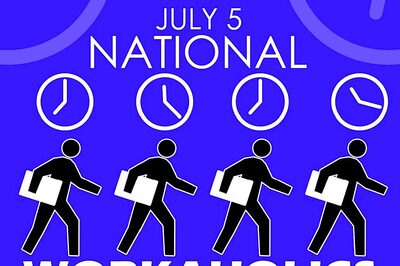
views
British engineer and computer scientist Sir Tim Berners-Lee, now Director of the World Wide Web Consortium (W3C), wrote a proposal in March 1989 for what would finally become the World Wide Web. He presented the paper on March 12, 1989, the day universally marked as the birth of the WWW.On April 30, 1993, CERN, a European research organisation near Geneva, announced that the World Wide Web would be free, with no fees due. A NeXT Computer was used by Berners-Lee as the world's first web server and also to write the first web browser WorldWideWeb in 1990. Berners-Lee uploaded the first photo on the Web in 1992. That was an image of the CERN house band Les Horribles Cernettes.It is believed that a turning point in the history of the the World Wide Web began with the launch of the Mosaic web browser in 1993. It was a graphical browser developed by a team at the National Center for Supercomputing Applications at the University of Illinois. Mosaic is the web browser credited with popularising the World Wide Web.The internet forever changed the rules of communication and redefined our personal space. But have you wondered what life was like in simpler times, before domain names and online activity dominated our daily existence? Here are 10 randomly picked things that have become intrinsic part of our culture and are older than the world wide web. (Information: Wikipedia)

Email: Ray Tomlinson is credited with sending the first email using the ’@’ sign for the first time to separate the names of the user and the user’s machine in 1971, 43 years ago.

Fax Machine: Scottish inventor Alexander Bain, as early as 1846, was able to reproduce graphic signs in the laboratory while working on a chemical-mechanical fax machine. He received the first fax patent in 1843. However, Italian physicist Giovanni Caselli is the one credited with introducing the first commercial telefax service between Paris and Lyon in 1865.

TV remote: Man’s ultimate fight against his wife to watch the TV channel he wishes while relaxing at home led to the invention of the remote control. Not quite, but the first wireless remote control for a television was the ’Flashmatic’, developed in 1955 by Eugene Polley. It worked by shining a beam of light onto a photoelectric cell.

Telephone: If you are acquainted with the history of the first telephone, you would know that it was patented in 1876 by Alexander Graham Bell. The telephone brought about a communication revolution 138 years ago.


























Comments
0 comment